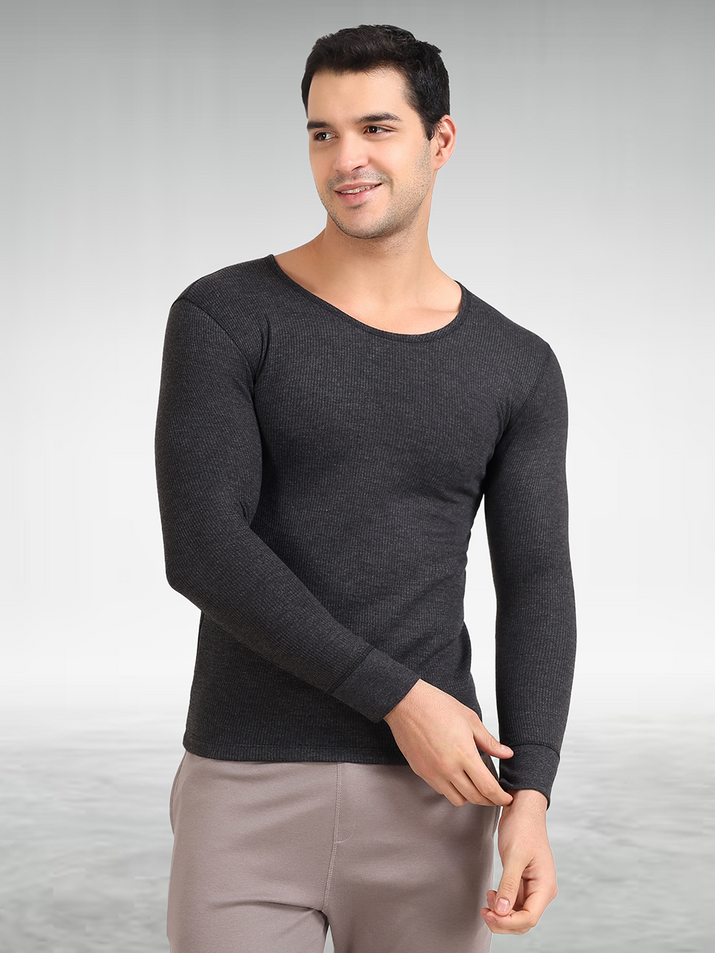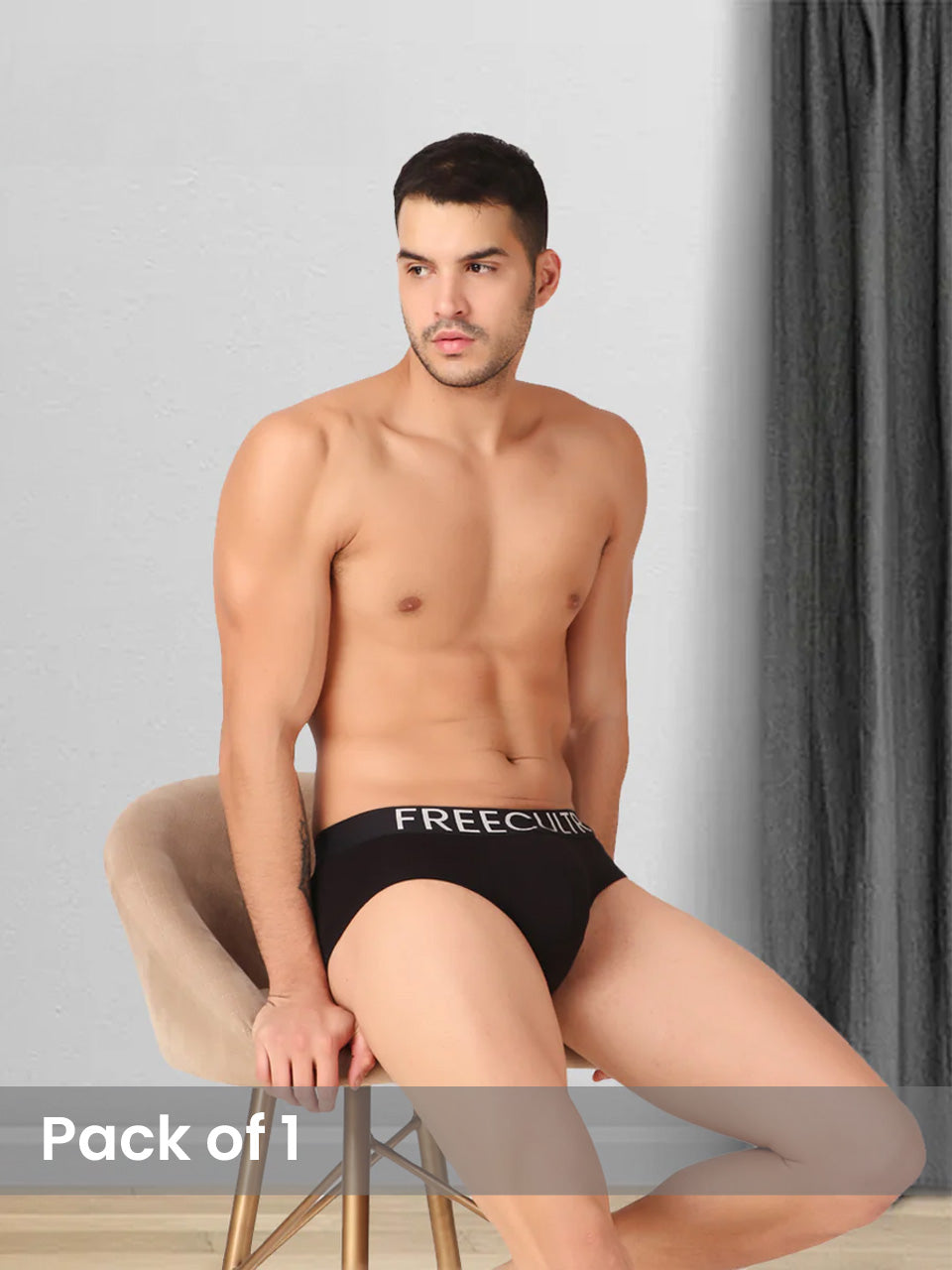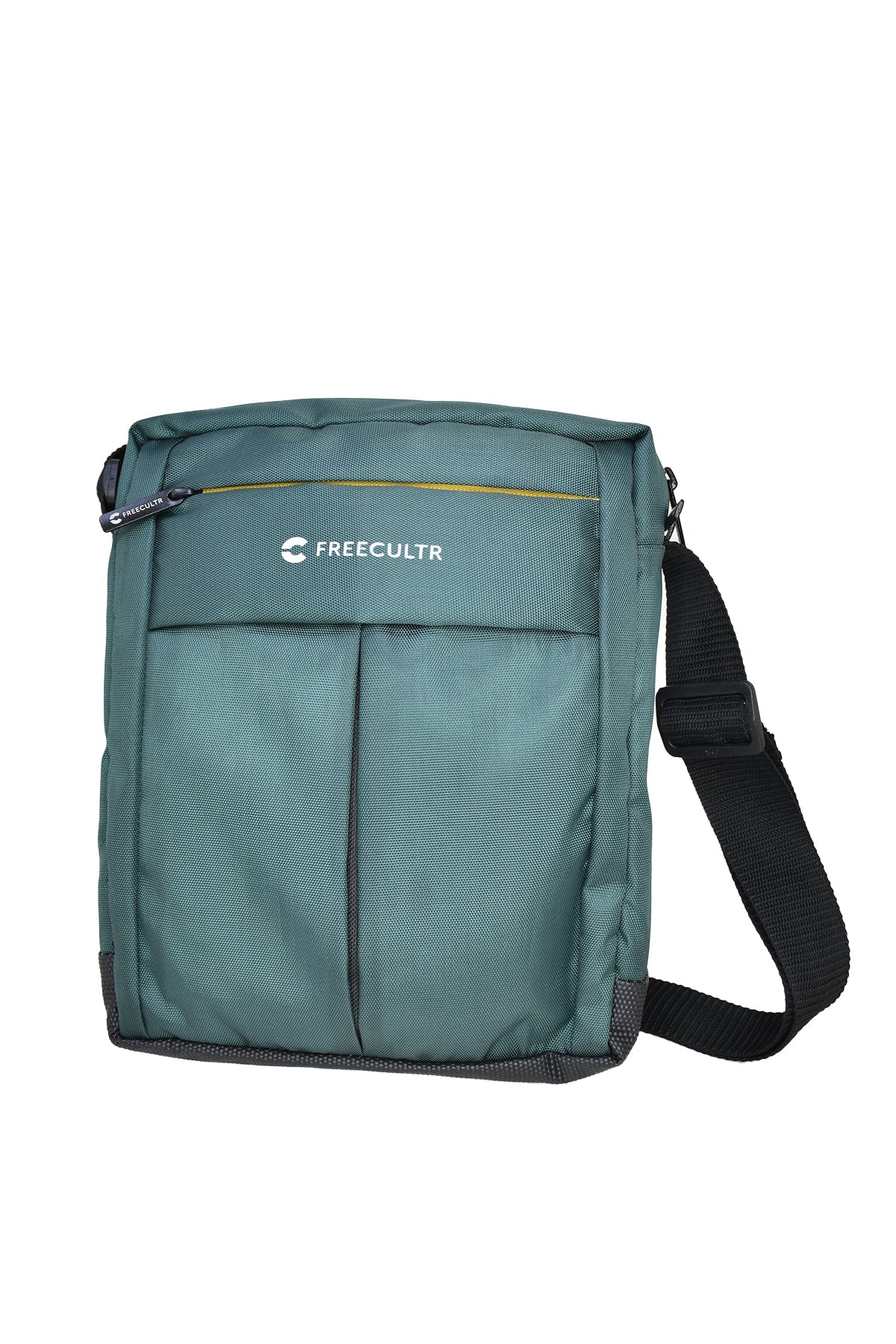The relentless sun poses significant risks, with cumulative UV exposure leading to premature aging and increased cancer risk for those engaged in outdoor pursuits. Traditional long sleeves often compromise comfort, trapping heat and hindering performance. Modern performance sleeves, But, revolutionize this paradigm, moving beyond simple fabric barriers. Engineered with advanced UPF 50+ fabrics, these innovative garments block over 98% of harmful UVA/UVB rays. Simultaneously, their specialized cooling technologies, often incorporating moisture-wicking and even ceramic-infused fibers, actively dissipate heat, maintaining optimal skin temperature even during intense physical activity like cycling or trail running. These technical sleeves represent a crucial evolution in protective apparel, offering unparalleled comfort and safety for anyone embracing an active outdoor lifestyle.

The Unseen Threat: Understanding UV Radiation and Skin Protection
In our increasingly outdoor-oriented lives, the sun, while vital, poses a significant threat: ultraviolet (UV) radiation. This invisible energy from the sun can cause a range of skin damage, from immediate sunburn to long-term issues like premature aging, hyperpigmentation, and, most critically, an increased risk of skin cancer, including melanoma. While sunscreen is a frontline defense, its effectiveness can diminish with sweat, water. time, requiring frequent reapplication. This is where protective apparel, specifically specialized sleeves, offers a consistent and reliable barrier.
The Science Behind UV Protection in Sleeves: Understanding UPF
When it comes to fabric-based sun protection, the key metric is the Ultraviolet Protection Factor (UPF) rating. Unlike SPF (Sun Protection Factor) which applies to sunscreens and primarily measures protection against UVB rays, UPF measures a fabric's ability to block both UVA and UVB radiation. A UPF rating indicates how much of the sun's UV radiation is absorbed or blocked by the fabric. For instance, a garment with a UPF of 50 allows only 1/50th (or 2%) of the UV radiation to pass through, effectively blocking 98% of harmful rays.
Several factors contribute to a fabric's UPF rating:
- Weave Density: Tightly woven fabrics, like denim or tightly knit synthetics, inherently offer better UV protection than loosely woven materials. The tighter the weave, the less space there is for UV rays to penetrate.
- Fiber Type: Synthetic fibers such as polyester and nylon are generally superior at blocking UV rays compared to natural fibers like cotton or linen. Polyester, in particular, is excellent due to its chemical structure.
- Color: Darker colors absorb more UV radiation than lighter colors, preventing it from reaching the skin. While a black shirt might feel hotter, it offers better UV protection than a white one of the same material and weave.
- Chemical Treatments: Many high-performance sleeves are treated with UV-absorbing chemicals (like titanium dioxide or zinc oxide particles) that are embedded into the fibers. These treatments act like microscopic mirrors, reflecting and scattering UV radiation away from the skin.
- Stretch and Wetness: Stretching a fabric can reduce its UPF rating by expanding the weave and creating gaps. Similarly, wet fabric can sometimes offer less protection than dry fabric, as water can fill in gaps and allow more UV to pass through, though this varies by material.
For outdoor enthusiasts, construction workers, cyclists, or anyone spending extended periods under the sun, investing in sleeves with a high UPF rating (UPF 30+ to 50+) is a non-negotiable step towards long-term skin health.
The Mechanics of Cooling Performance in Sleeves
Beyond UV protection, modern sleeves are engineered to provide significant cooling benefits, a crucial feature for comfort and performance in warm conditions. This cooling effect is primarily achieved through two main mechanisms: moisture-wicking and evaporative cooling.
- Moisture-Wicking: The first step in effective cooling is moving sweat away from the skin. High-performance sleeves are made from synthetic fibers (like polyester, nylon, or blends) that are hydrophobic (water-repelling) on the inside and hydrophilic (water-attracting) on the outside. This differential surface tension, combined with a specialized capillary action created by the fabric's weave, draws moisture from the skin's surface to the outer layer of the fabric.
- Evaporative Cooling: Once sweat is wicked to the outer surface of the fabric, it is exposed to the air and rapidly evaporates. Evaporation is an endothermic process, meaning it absorbs heat from its surroundings. As the sweat evaporates from the fabric, it takes heat energy from your skin, creating a noticeable cooling sensation. This is the same principle by which our bodies naturally cool down through sweating.
-
Breathability and Airflow: The weave structure of cooling
sleeves is often designed to be highly breathable, allowing air to circulate freely. This airflow not only aids in rapid evaporation but also helps to dissipate heat directly from the skin. Some advanced
sleeves incorporate mesh panels or perforated zones in high-heat areas. -
Advanced Cooling Technologies: Beyond basic wicking, some innovative
sleeves incorporate advanced technologies:- Xylitol-Infused Fabrics: Certain fabrics are treated with Xylitol, a natural sugar alcohol known for its endothermic properties. When Xylitol comes into contact with moisture (sweat), it creates an immediate cooling sensation as it dissolves and absorbs heat.
-
Phase Change Materials (PCMs): While less common in everyday
sleeves, PCMs can be embedded in fibers. These materials absorb and release heat as they change phase (e. g. , from solid to liquid), helping to regulate body temperature. - Cross-Sectional Fibers: Some synthetic fibers are engineered with unique cross-sections (e. g. , flat, multi-lobed) that increase their surface area, enhancing both wicking efficiency and airflow for better cooling.
The synergy of these technologies allows cooling sleeves to manage body temperature effectively, preventing overheating and maintaining comfort during intense physical activity or prolonged sun exposure.
Comparing Sleeve Materials and Their Performance
The choice of material significantly impacts both the UV protection and cooling performance of sleeves. Here's a comparison of common materials:
| Material Type | UV Protection (UPF) | Cooling Performance | Key Characteristics | Best Use Cases |
|---|---|---|---|---|
| Polyester | Excellent (UPF 30-50+) | Very Good (excellent wicking, quick-drying) | Durable, wrinkle-resistant, good moisture management, often treated for enhanced UV. | Athletic wear, hiking, cycling, general outdoor use. Most common for high-performance sleeves. |
| Nylon | Very Good (UPF 30-50) | Good (wicks moisture, quick-drying) | Strong, elastic, often blended with spandex for fit, slightly less breathable than polyester. | Compression sleeves, activewear where durability and stretch are key. |
| Spandex/Lycra/Elastane (Blends) | Variable (depends on blend, often good when dense) | Good (enhances fit for wicking contact) | Provides stretch and shape retention, almost always blended with other fibers (polyester, nylon). | Any athletic or form-fitting sleeves where mobility is crucial. |
| Bamboo Viscose | Good (UPF 15-30) | Good (naturally breathable, soft, absorbent) | Soft, natural feel, good moisture absorption (can feel damp when saturated), eco-friendly appeal. | Casual wear, sensitive skin, mild conditions. Less common for high-performance cooling sleeves. |
| Cotton | Poor to Fair (UPF 5-15) | Poor (absorbs sweat, slow-drying, heavy when wet) | Soft, comfortable. offers minimal UV protection and poor moisture management. | Not recommended for active or sun-protective sleeves. |
| Specialty Fabrics (e. g. , Omni-Freeze Zero) | Excellent (often UPF 50+) | Exceptional (uses advanced cooling tech) | Proprietary technologies often involve embedded cooling agents or unique fiber structures. | Extreme heat conditions, high-performance athletes, specialized outdoor gear. These often represent the cutting edge in cooling sleeves. |
Real-World Applications and Use Cases for Performance Sleeves
The versatility and performance of specialized sleeves make them indispensable across a wide array of activities and professions. Their ability to provide both UV protection and cooling performance addresses practical needs for comfort, safety. performance.
-
Outdoor Sports and Athletics:
-
Cycling: Cyclists often wear cooling
sleeves to protect their arms from sun exposure during long rides, especially on exposed roads. The cooling effect helps regulate body temperature, preventing overheating and improving endurance. Many professional cyclists rely on these for training and racing. -
Running: Marathon runners and trail runners use
sleeves to manage sun exposure and keep their arms cool, particularly in hot and sunny climates. They are lightweight and allow for full range of motion. -
Golf and Tennis: Athletes in these sports benefit from continuous sun protection and reduced arm fatigue due to regulated temperature. The compression aspect of some
sleeves can also aid muscle support. - Hiking and Backpacking: Hikers traversing exposed trails appreciate the consistent UV protection without the need for constant sunscreen reapplication. The cooling properties help maintain comfort over long distances.
-
Cycling: Cyclists often wear cooling
-
Outdoor Professions:
-
Construction Workers & Landscapers: Individuals working outdoors for extended hours are at high risk of sun damage. UV protective
sleeves provide a practical, comfortable. durable solution for arm protection, reducing the cumulative effects of sun exposure. -
Farmers & Agricultural Workers: Similar to construction, these professions involve prolonged sun exposure.
Sleeves offer a simple yet effective way to protect the arms while performing demanding physical labor. -
Fishermen & Boat Operators: On the water, UV radiation is intensified by reflection. Performance
sleeves are critical for preventing severe sunburns and maintaining comfort during long days on the lake or ocean.
-
Construction Workers & Landscapers: Individuals working outdoors for extended hours are at high risk of sun damage. UV protective
-
Everyday Wear & Driving:
- Commuting & Driving: Many people experience uneven sun exposure while driving, with one arm consistently exposed through the car window. Wearing a UV protective sleeve on the exposed arm can prevent sun damage and reduce heat buildup.
- General Outdoor Activities: From walking the dog to gardening or attending outdoor events, sleeves offer a convenient way to add a layer of protection and cooling without needing to wear a long-sleeved shirt.
-
Medical & Therapeutic Use:
-
Post-Surgery/Sensitive Skin: For individuals with sensitive skin, certain skin conditions (e. g. , lupus, photosensitivity), or those recovering from skin procedures, UV protective
sleeves are often recommended by dermatologists to prevent irritation and further damage from sun exposure. -
Lymphedema Management: While not primarily for UV or cooling, specific compression
sleeves are used in lymphedema management. many of these also incorporate UV protection due to their outdoor use.
-
Post-Surgery/Sensitive Skin: For individuals with sensitive skin, certain skin conditions (e. g. , lupus, photosensitivity), or those recovering from skin procedures, UV protective
- sleeves
- sleeves
Actionable Takeaways: Choosing and Caring for Your Performance Sleeves
To maximize the benefits of your protective and cooling sleeves, consider these actionable tips:
- Check the UPF Rating: Always look for a certified UPF rating, ideally UPF 30 or higher for effective sun protection. For prolonged exposure, UPF 50+ is recommended.
- Consider Material Composition: For optimal cooling and UV protection, prioritize sleeves made from polyester, nylon, or blends with spandex. Avoid 100% cotton for active use.
- Evaluate Fit: Sleeves should fit snugly enough to stay in place without constricting circulation. A good fit ensures continuous contact with the skin for effective wicking. Too loose. they might slip; too tight. they can be uncomfortable.
- Read Reviews and Brands: Reputable outdoor and athletic brands often invest heavily in R&D for their performance fabrics. Look for brands known for quality and innovation in technical apparel.
-
Proper Care Extends Life:
- Washing: Follow the care label instructions. Typically, machine wash cold with like colors and avoid fabric softeners, which can clog the fabric's pores and diminish wicking ability.
- Drying: Air dry whenever possible or tumble dry on low heat. High heat can damage synthetic fibers and reduce the elasticity and effectiveness of the sleeves.
- Storage: Store them clean and dry.
- Know When to Replace: Over time, repeated washing, stretching. exposure to harsh conditions can degrade the fabric's performance. If your sleeves lose their elasticity, show signs of thinning, or no longer provide the same cooling or protective feel, it's likely time for a replacement. A good rule of thumb is to assess their condition annually if used frequently.
Conclusion
The journey into understanding performance sleeves reveals they are far more than simple fabric tubes; they are essential gear for anyone embracing the outdoors or facing prolonged sun exposure. As an avid cyclist, I’ve personally experienced the dramatic difference a good pair of UPF 50+ sleeves makes, transforming scorching summer rides into comfortable, worry-free excursions, proving their true value extends beyond mere sunblock. These innovative thermo-regulating fabrics, a direct response to current trends in active living and skin health awareness, don't just block UV rays; they actively enhance your comfort by dissipating heat, making that long-awaited hike or afternoon on the pickleball court infinitely more enjoyable. To truly leverage their benefits, consider integrating sleeves into your daily routine, whether you're driving, gardening, or embarking on an adventure. They are a proactive step towards long-term skin health and immediate comfort. So, equip yourself with this simple yet powerful accessory and confidently embrace every sunny day, knowing you're protected, cool. ready for anything.More Articles
Tees – Casual Versatility & Moisture-Wicking PerformanceBandana – Outdoor Protection & Expressive Style
Tank Top for Women – Effortless Style & Versatile Layering
Micro Modal Underwear – Unmatched Softness & Supreme Breathability
FAQs
What are these 'sleeves' all about?
These sleeves are designed to protect your arms from harmful UV rays while also keeping you cool and comfortable, especially during outdoor activities or prolonged sun exposure. They're a practical accessory for anyone spending time outside.
How do they actually protect my skin from the sun?
They're made from special fabrics that are tightly woven or engineered with UV-absorbing properties. This creates a physical barrier that blocks a high percentage of UVA and UVB rays, much like sunscreen. without the need to reapply. Look for a high UPF rating!
Do these sleeves really help keep you cool in the heat?
Yes, absolutely! Many of these sleeves use advanced cooling fabrics that wick sweat away from your skin. As the moisture evaporates, it creates a noticeable cooling sensation. This evaporative cooling effect helps regulate your body temperature, making hot days more bearable.
Are they comfortable enough to wear for a long time? Will they feel bulky?
Definitely. They're typically made from lightweight, breathable. stretchy materials that conform to your arm without feeling restrictive or bulky. The idea is for them to feel like a second skin, allowing for full range of motion and comfort throughout the day.
What activities are these sleeves best suited for?
They're perfect for a wide range of outdoor activities! Think cycling, hiking, golfing, fishing, gardening, driving, or even just walking your dog. , any time you're out in the sun and want to protect your arms and stay cooler.
How do I wash and care for these sleeves?
Most UV protection and cooling sleeves are quite easy to care for. Generally, a machine wash on a gentle cycle with cold water and air drying is recommended. Avoid bleach or harsh detergents, as they might damage the fabric's special properties.
Do these sleeves come in different sizes, or are they one-size-fits-all?
While some brands offer a 'one-size-fits-most' option due to the stretchy nature of the fabric, many also provide various sizes (S, M, L, etc.) to ensure a better, more comfortable fit. It's always a good idea to check the specific product's sizing chart if available.






